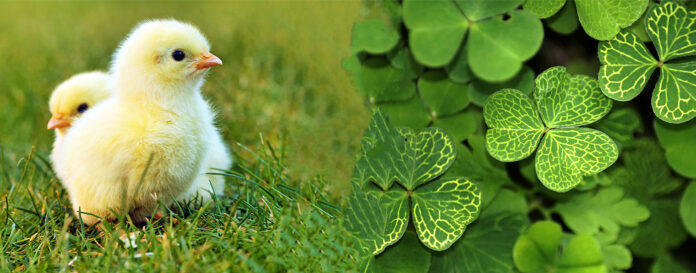 Clarksville, TN – Discover the intriguing origins of St. Patrick, the patron saint of Ireland, who was born in Britain and later kidnapped by Irish raiders. Explore how St. Patrick’s Day traditions, including the iconic shamrock, are rooted in ancient Celtic beliefs.
Clarksville, TN – Discover the intriguing origins of St. Patrick, the patron saint of Ireland, who was born in Britain and later kidnapped by Irish raiders. Explore how St. Patrick’s Day traditions, including the iconic shamrock, are rooted in ancient Celtic beliefs.
Then, delve into the symbolism behind Easter lilies and the rich history of ham dinners, chocolate eggs, and the magical Easter Bunny. Finally, learn why Easter Sunday varies each year based on celestial cycles.
- Patrick, the patron saint of Ireland, was born in Britain (not Ireland) near the end of the 4th century.
- He was kidnapped by Irish raiders at the age of 16 and sold as a slave.
- Most of St. Patrick’s Day traditions and symbols are based on the ancient Celtic religion.
- Patrick used the shamrock as a visual guide when explaining the Holy Trinity. By the 17th century, it had become a symbol of emerging Irish nationalism1.
- The First St. Patrick’s Day Parade Was Held in America. Millions of Irish American immigrants displaced by the great potato famine, organized celebrations to promote their Irish pride and their heritage.
- Popular St. Patrick’s Day celebration foods are Corned Beef and Cabbage, Irish Soda Bread, Shepherd’s Pie and Guinness Stew.
- The largest chocolate egg ever made was created in Italy in 2011, it stood 34 feet tall and weighed 16,000 pounds.
- Easter Lilies represents the purity and innocence of Jesus. The blooming process represents Christ’s resurrection.
- Ham has been an Easter dinner tradition for centuries. Before refrigeration, people cured ham in wintertime and in the spring, the ham thawed out.
- The Easter Bunny and easter eggs are from ancient pagan traditions celebrating the birth of abundance in spring. German immigrants brought the traditions of the Osterhase (a magical egg-laying bunny) to America in the 18th century.
- “Easter” is from Eostre, the Anglo-Saxon pagan goddess of spring and fertility.
- “Pascha,” which means “Passover” in Hebrew. Jesus ate a Passover meal the night before his crucifixion.
- Easter commemorates the Resurrection of Jesus three days after his Crucifixion.
- Easter Sunday varies every year based on the spring equinox and the moon cycle.



